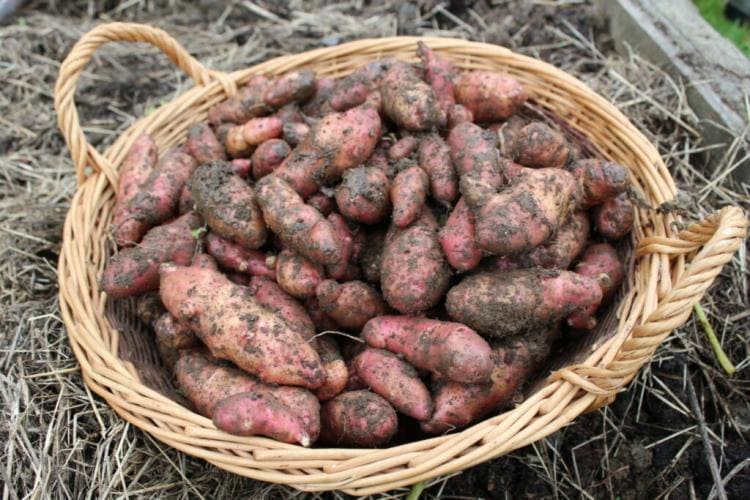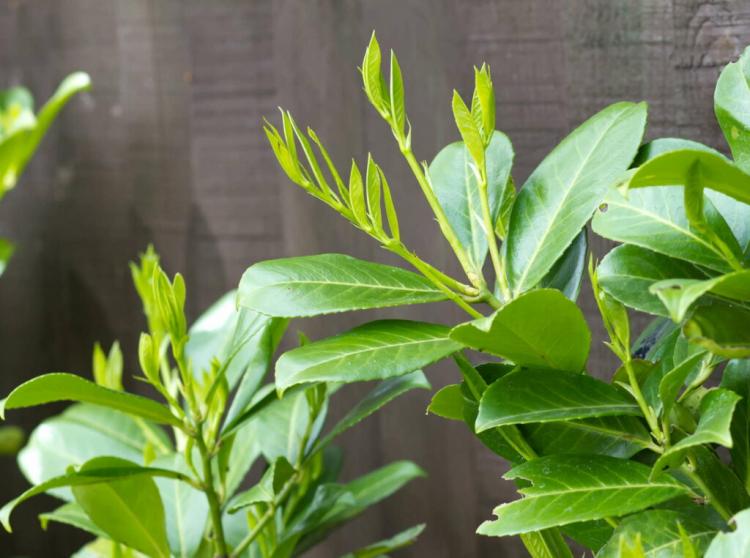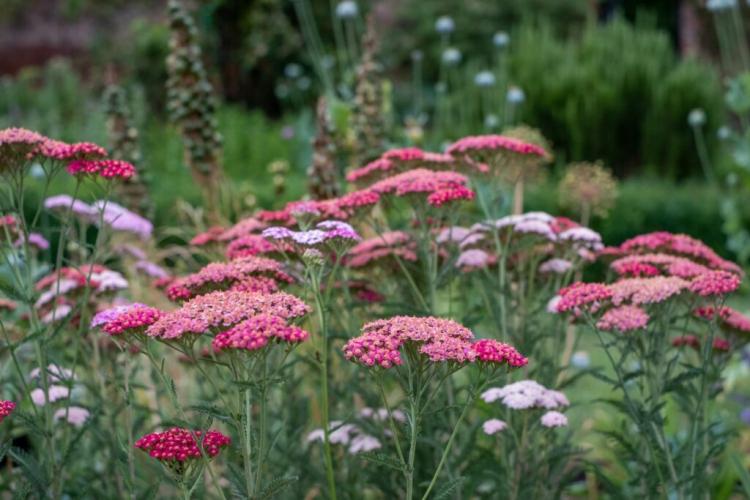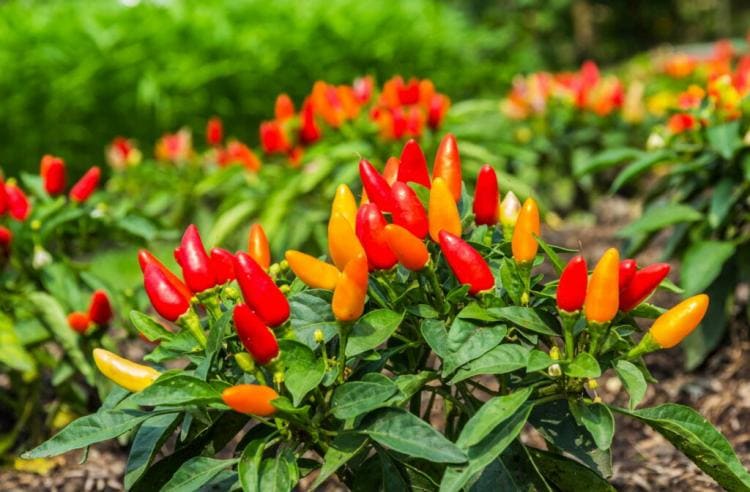Storing and properly storing potatoes
If potatoes are stored incorrectly, their otherwise famous shelf life leaves a lot to be desired. You can find out how to store potatoes correctly from us.
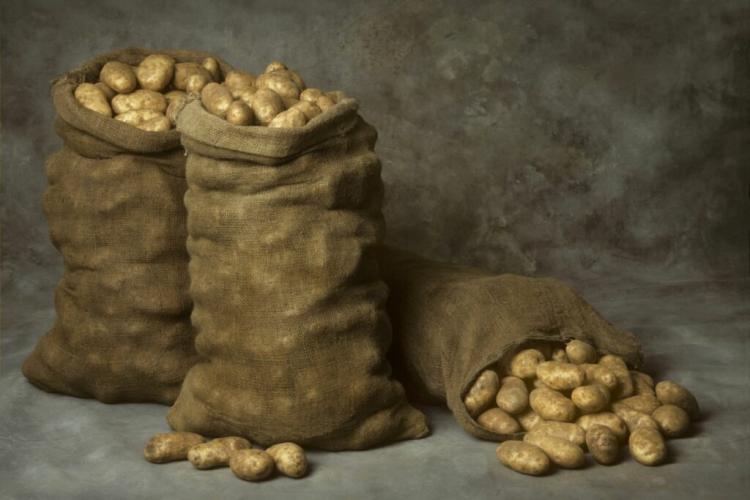
Potatoes should be stored in a cool, dark place [Photo: Balefire / Shutterstock.com]
The potato ( Solanum tuberosum ) is one of the most traditional vegetables in Germany and is grown in many gardens for self-sufficiency. A rich potato harvest naturally needs to be stored properly so that you can continue to feed on it for a long time. We'll give you tips on how to store your freshly harvested potatoes.
Where should you store potatoes?
Table of Contents
The starchy, tasty tubers can often be kept for months if stored correctly. In addition to the typical wooden boxes for storing potatoes, air-permeable jute sacks or wicker baskets are also suitable. The most important parameters for the successful storage of potatoes are temperature, light exposure and humidity.
Cool temperatures : Potatoes keep the longest in dark and cool places around 5 to 8 ° C. The metabolism inside the potato is greatly slowed down in this temperature range, so that the ingredients such as starch hardly change and the tuber remains edible for a long time. Ideally, you should store potatoes in the cellar. But you can also store potatoes in the refrigerator if you don't have a cellar. However, you should not store potatoes outside, because the temperatures are too low in the cold months and can quickly lead to frost and cold damage. If the temperature rises again, the tissue becomes mushy and pathogens have an easy time of it. Good alternatives to the basement are a frost-free winter garden, a garage or the garden shed.
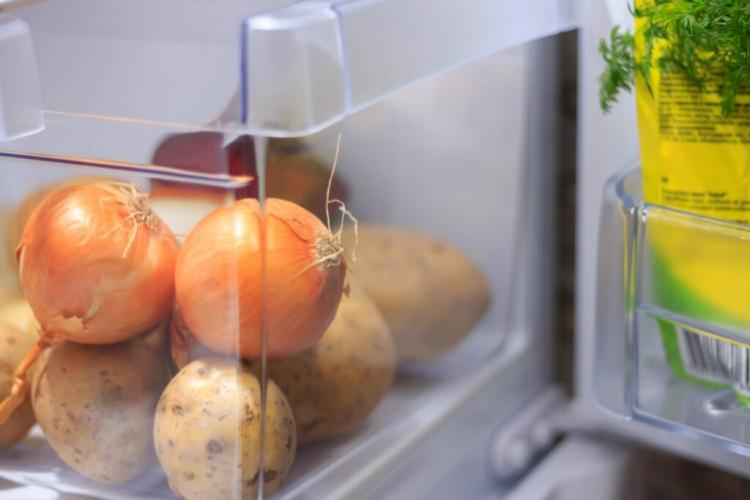
You can keep your potatoes in the refrigerator in smaller quantities [Photo: Ksenia_MA / Shutterstock.com]
Darkened room : You should store your potatoes in a dark place and protect them from light. If the potatoes are stored too lightly, they turn green and form the poisonous alkaloid solanine as protection against eating, which can lead to stomach problems, headaches or vomiting. In addition, germination is promoted when exposed to light, but this is only desirable immediately before the potatoes are planted in the next spring. Darkening can also be done by storing your potatoes in damp sand.
Store in a dry place : Although the potato itself consists to a large extent of water, its skin should be completely dry when it is stored, otherwise potato diseases can spread quickly in the store.
Pay attention to air humidity : The air humidity is to be considered differently in contrast to the direct humidity of the tuber. The optimal humidity for the potato is around 90% to prevent the tubers from losing water and wrinkling quickly. When storing in sand, care should be taken to ensure that the sand is moist enough to minimize water loss.
Store apples and potatoes together? Some types of fruit and vegetables – such as apples ( Malus x domestica ) or tomatoes ( Solanum lycopersicum ) – secrete the gaseous plant hormone ethylene. This accelerates ripening, but also the aging of sensitive vegetables and can therefore lead to premature spoilage of the tubers. You should therefore store apples separately from potatoes.
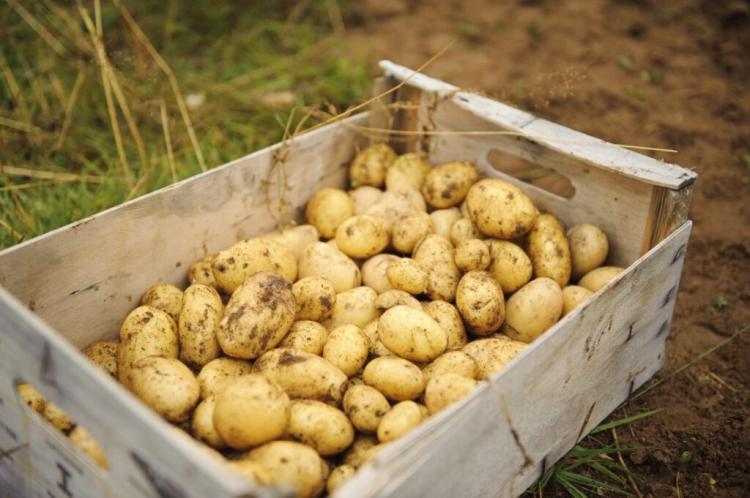
Freshly harvested potatoes should be dried thoroughly before storage and should not be washed [Photo: BMJ / Shutterstock.com]
Tips for storing potatoes
If you want to store potatoes for as long as possible, it is advisable not to wash them before storing. The tubers should generally be loose, not squashed and regularly checked for rot and other storage diseases. If any of the bulbs has a rotten or moldy spot, remove it from the others to avoid spreading.
How long can you store potatoes?
The shelf life of potatoes in storage depends not only on the storage conditions but also on the variety and harvesting method. Tubers damaged during harvest should be cooked and consumed within a few days. New potatoes in particular can often not be stored for a long time due to their thin skin, which is why they are better stored in the refrigerator for shorter periods of time. Late potatoes, on the other hand, develop a thicker skin, which is why they can be stored for months.
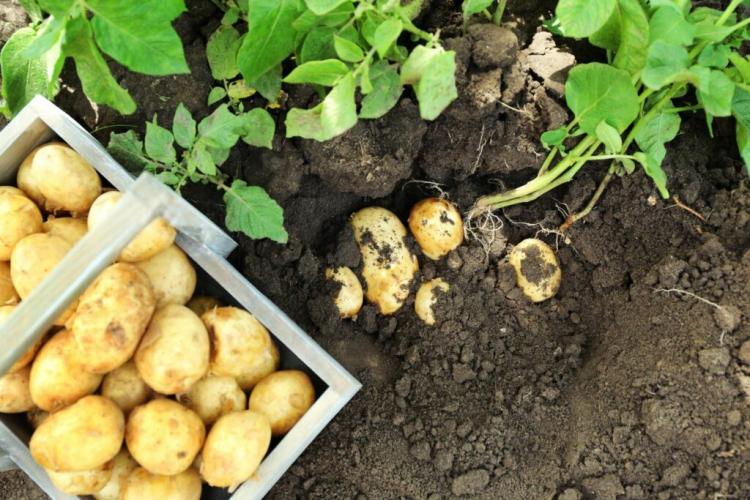
Because of their thin skin, new potatoes are difficult to store and should be eaten quickly [Photo: Africa Studio / Shutterstock.com]
Reduce potatoes and preserve them
The unprocessed potato can be stored very well and for a long time. Alternatively, you can boil down potatoes. In addition to preserving in the form of potato salad, whole potatoes can also be pre-cooked and canned. Preserved potatoes are ready to eat and can be served as a quick side dish with quark or something similar. We explain step by step how to proceed with potatoes:
Boiling potatoes: instructions
- Peel potatoes; possibly cut into cubes or mince as desired.
- Cook in salted water for 15-20 minutes.
- Put on a separate pot with the “preserving stock”; To do this, simply add salt to the water and boil it for at least 10 minutes at 100 ° C.
- Pour off the potatoes and arrange on mason jars or mason jars; Leave approx. 2 cm free from the upper edge of the glass.
- Pour the sauce over the potatoes until they are completely covered; here, too, keep the approx. 2 cm distance to the upper edge of the glass; then close the jars.
- Boil preserving jars in a boiling water bath (100 ° C) for approx. 90 minutes.
- Let the glasses cool down.
Did you know that you don't necessarily have to grow potatoes in beds? How to grow potatoes in pots, learn from us in this article.

